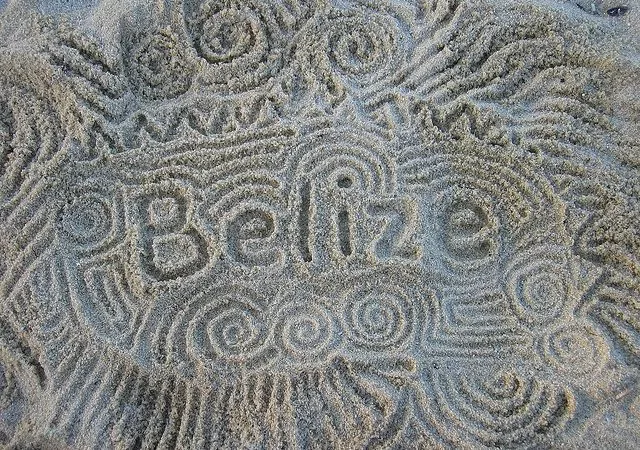
QRP Residency In Belize
A Good Place To Shop For Back Up
A back-up plan. That’s what many people are looking for right now. They don’t want to diversify globally altogether, but they do want to put a plan in place in case something happens and they feel like they have to get out of their home country in a hurry.
Several people attending last week’s Live and Invest in Belize Conference expressed this agenda to me directly. They were looking for a back-up plan. In this context, Belize is a good place to be shopping.
Belize’s QRP residency program is one of the simplest options available anywhere. It comes with a minimal requirement for time in-country each year (30 days). Most countries require more.
You are, however, required you to show an income of at least US$2,000 a month and to bring that US$2,000 per month into the country (converting it to local currency, Belize dollars). That’s the drawback for many looking at QRP as a back-up residency option. If you intend to live in Belize full-time, fair enough. You’ll likely spend the US$2,000 per month on living expenses. However, if you’re acquiring Belize residency as a back-up, thinking you’ll visit for a month’s vacation each year to keep your residency status current, you’ll have to reconcile yourself to tying up US$24,000 per year in one of the country’s banks.
On the other hand, while you must remit that amount to Belize to keep your QRP status, you don’t have to spend it. So the back-up plan crowd looks at the accumulating US$24,000 per year as an insurance policy. They have the QRP residency, and, so, they know that they could move to Belize full-time whenever they decide they wanted to. And their accumulating nest egg is there, waiting to help fund their new life.
Why The QRP Came To Be
The QRP program was created to attract both the regular retiree and the back-up plan crowd. Really, the government doesn’t care so much about how much time you spend in the country. It cares about the US$2,000 a month of hard currency flowing into the country.
Other foreign residency programs come with a lesser minimum income requirement, but, again, none is more straightforward to process.
Here, though, is the caveat I would offer regarding Belize’s QRP program. Many U.S. persons think that, by establishing QRP residency in Belize and spending the requisite 30 days in the country each year, they qualify for the Foreign Earned Income Exclusion (FEIE). That is not the case.
If you acquire residency in Belize via QRP and spend only 30 days in the country each year and the rest of the year in the United States, you technically aren’t a resident of Belize for FEIE status. You have to be a Bona Fide Resident of another country to qualify for the FEIE. This means you must actually be living in the foreign country and able to show a legitimate connection. Beyond legal residency, you also must be able to show a residence (a local address). You can bolster your case by being able to produce a local driver’s license, for example, or showing that you belong to local groups or organizations and that you spend the bulk of your time physically present in the country.
Don’t be confused between legal residency and Bona Fide Residency for U.S. tax purposes. While the QRP program is a quick and easy path to a back-up residency, giving you a good option should you ever decide you want to leave your home country quickly, it isn’t a loophole for U.S. tax-planning purposes.
Lief Simon



